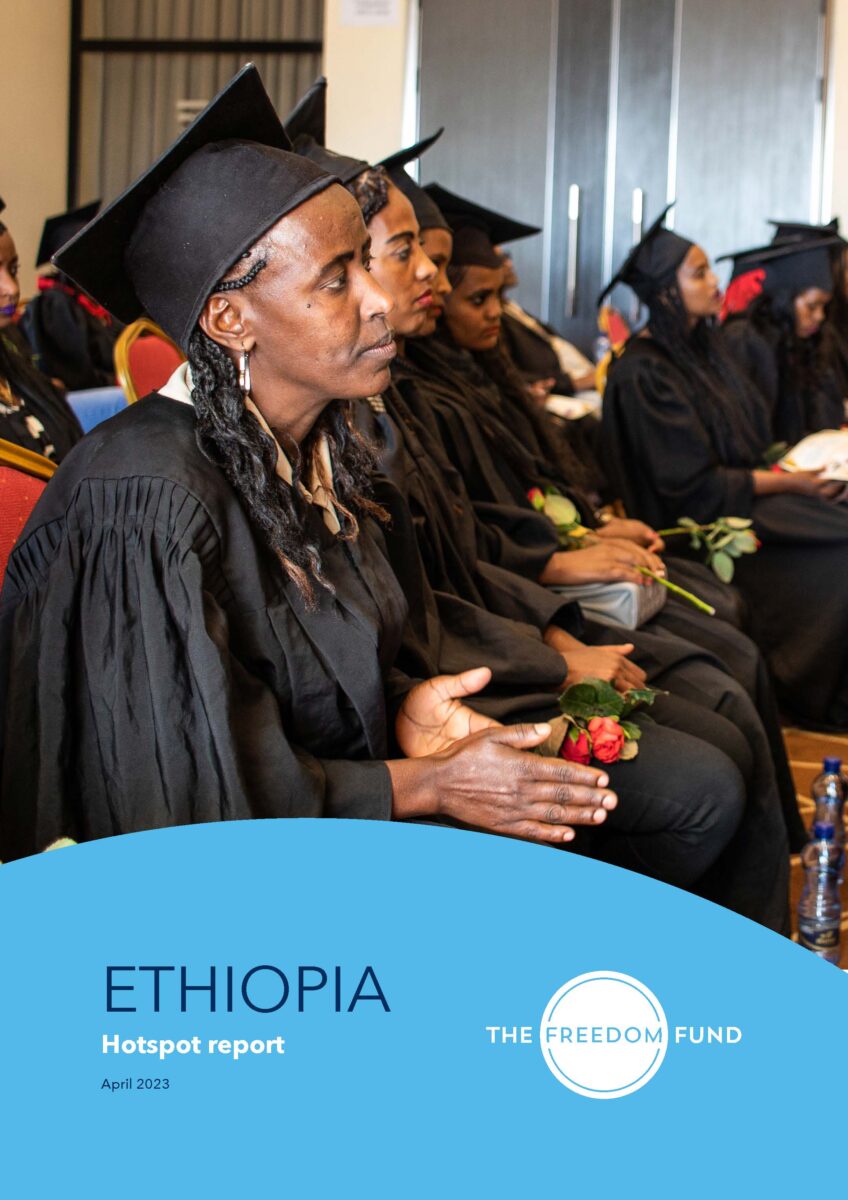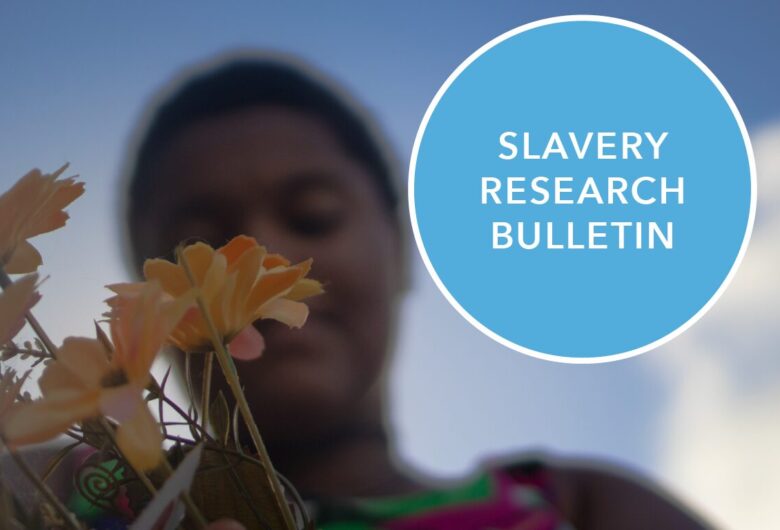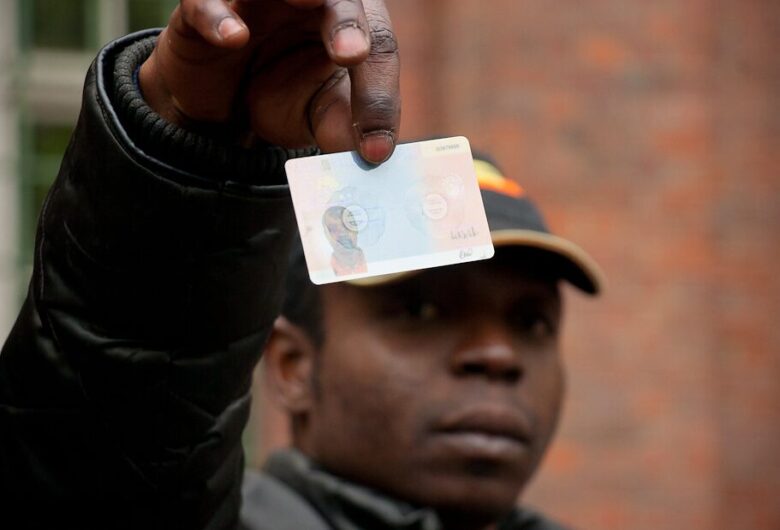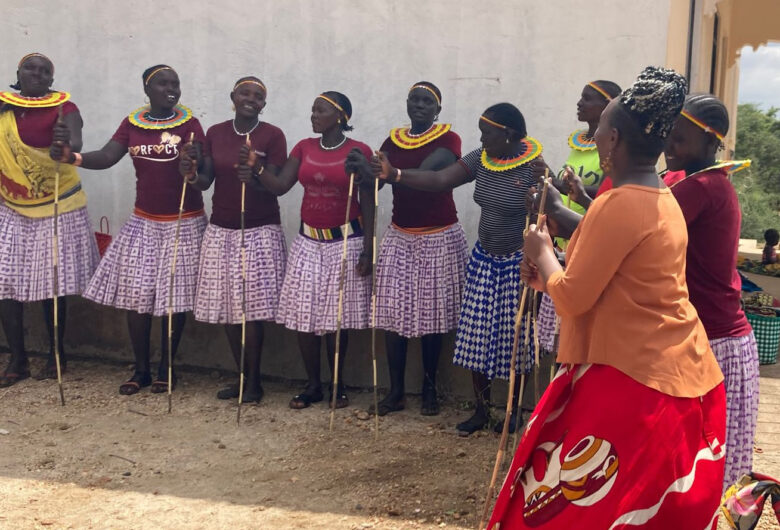Ethiopia: Safer migration
We work with anti-slavery and survivor-led organisations, communities, and survivors to reduce the risk of exploitation and servitude of Ethiopian women migrating to the Middle East as domestic workers. We also work with Ethiopian migrant workers groups in the Gulf countries to better respond to and address the issue of exploitation and servitude.
Key information
- Hotspot launch
- July 2015
- Total investment
- $16,975,694
- Lives impacted
- 190,246
- Focus areas
-
- Domestic servitude
- Human Trafficking
- Migration management
- Reintegration of survivors
- Migrant workers groups and survivor led groups
What we do
Increasing numbers of women are migrating from Ethiopia to the Middle East to be domestic workers, pushed by the effects of climate change, conflict and lack of employment opportunities. Both in transit and on arrival, they are at high risk of abuse, exploitation, and modern slavery. Those who return to Ethiopia often need mental health and other comprehensive reintegration support.
The Freedom Fund resources frontline organisations supporting prospective migrants and their communities with migration and pre-departure education and skills, providing comprehensive shelter services and trauma counseling for returnees, as well as skills training such as vocational and life skills training and employment pathways.
The Freedom Fund also works towards improving the migration management system in Ethiopia, so it is more accessible and transparent to communities and better protects women who make the decision to migrate. Importantly, the Freedom Fund supports the organising efforts of migrant workers and survivor led groups in Ethiopia and in destination countries, to bring them into the space, supporting better collaboration and advocacy efforts in the migration and trafficking space.
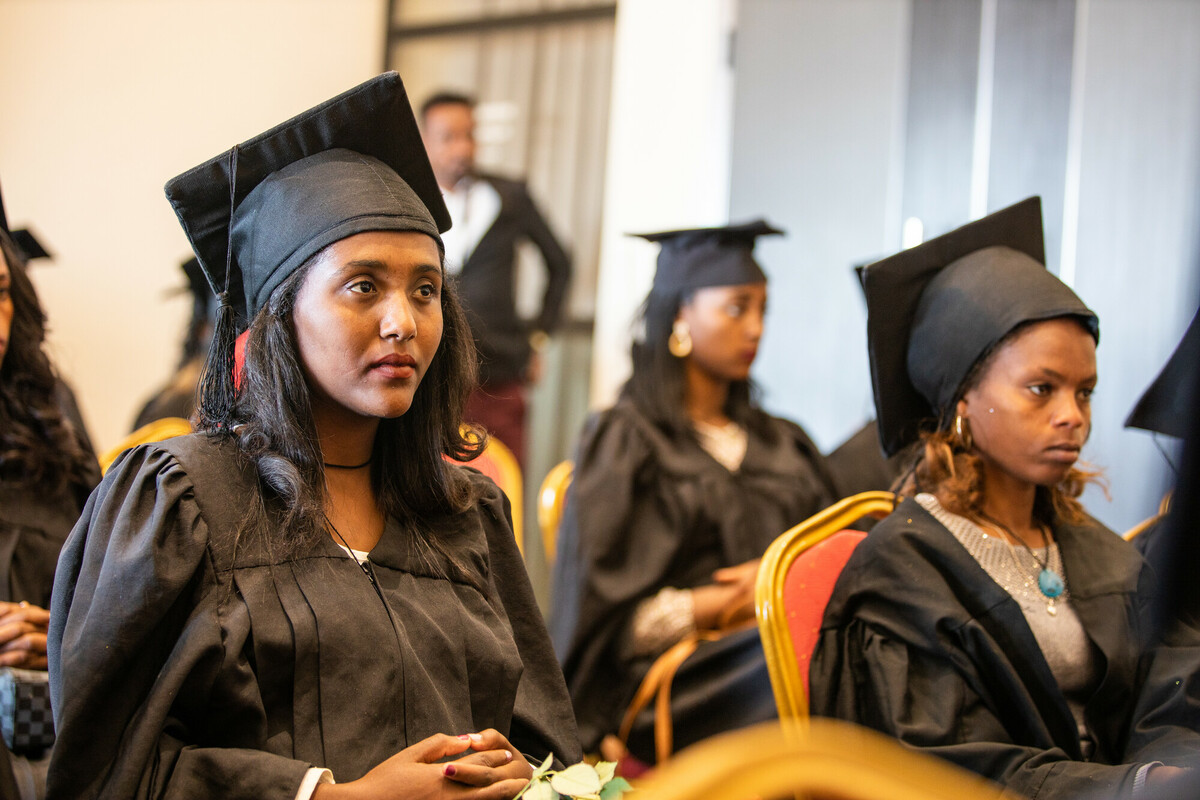
Our approach
A new start at home
Hana travelled to Lebanon in search of a better life after the death of her mother. She worked for a family of six where her passport was confiscated, and she was beaten and forced to work without pay. Hana escaped and found a job in a hotel, where she worked 17 hours a day until she lost the job due to the covid-19 pandemic.
Hana approached the embassy for help but couldn’t afford the $300 fee to get home. Only with the help of a Freedom Fund partner was she able to return to Ethiopia.
Freedom Fund partner Agar Ethiopian Charitable Society runs shelters for returning domestic workers and provides rehabilitation, psychosocial support, and vocational training.
Hana stayed in an Agar shelter, where she received food, clean clothes, and trauma counselling. She has since completed a course in hairdressing to help her forge an independent life.
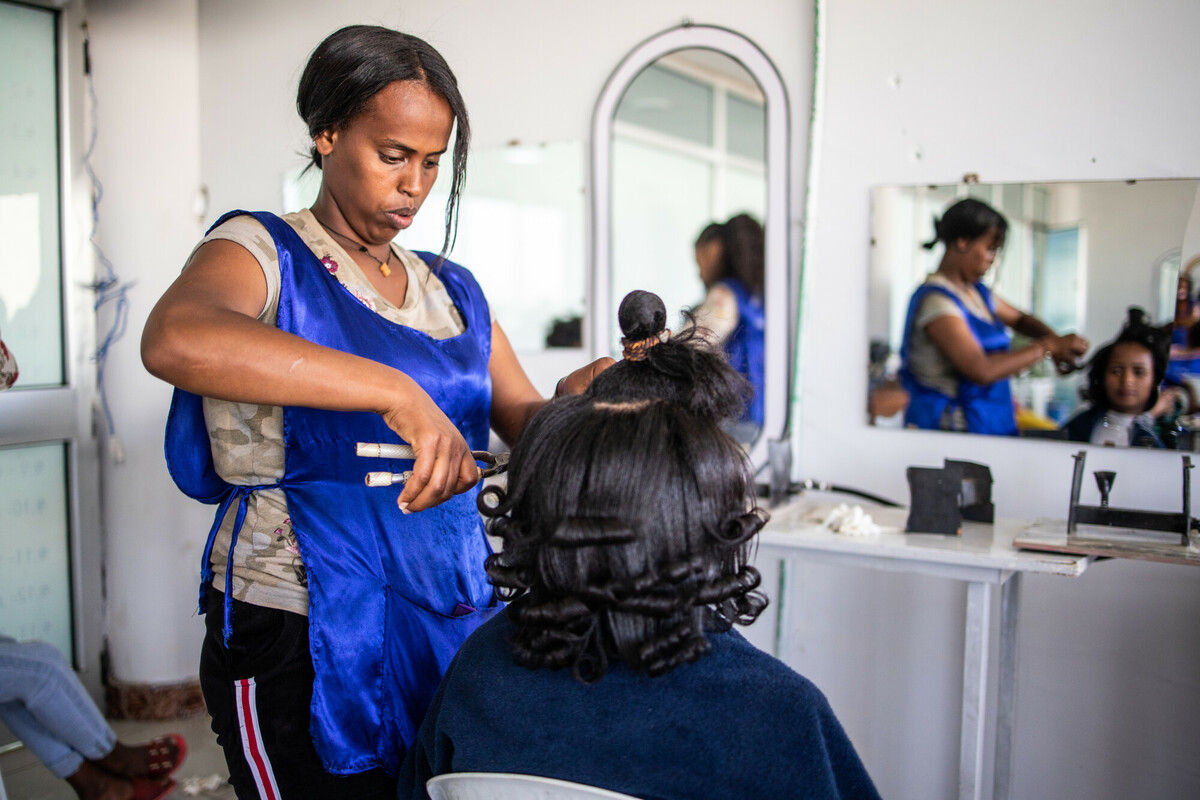
Our team

Kumneger Addisu
Senior Program Officer

Meseret Bayou
Program Officer

Louise Hemfrey
Program Manager, Ethiopia

Sonia Martins
Senior Program Manager

Mahlet Mekbib
Program Officer

Daniel Melese
Country Representative, Ethiopia

Juliet Odaro
Program Assistant, Ethiopia

Tsion Degu Tessema
Program Officer

Senait Tibebu
Finance and Admin Assistant
